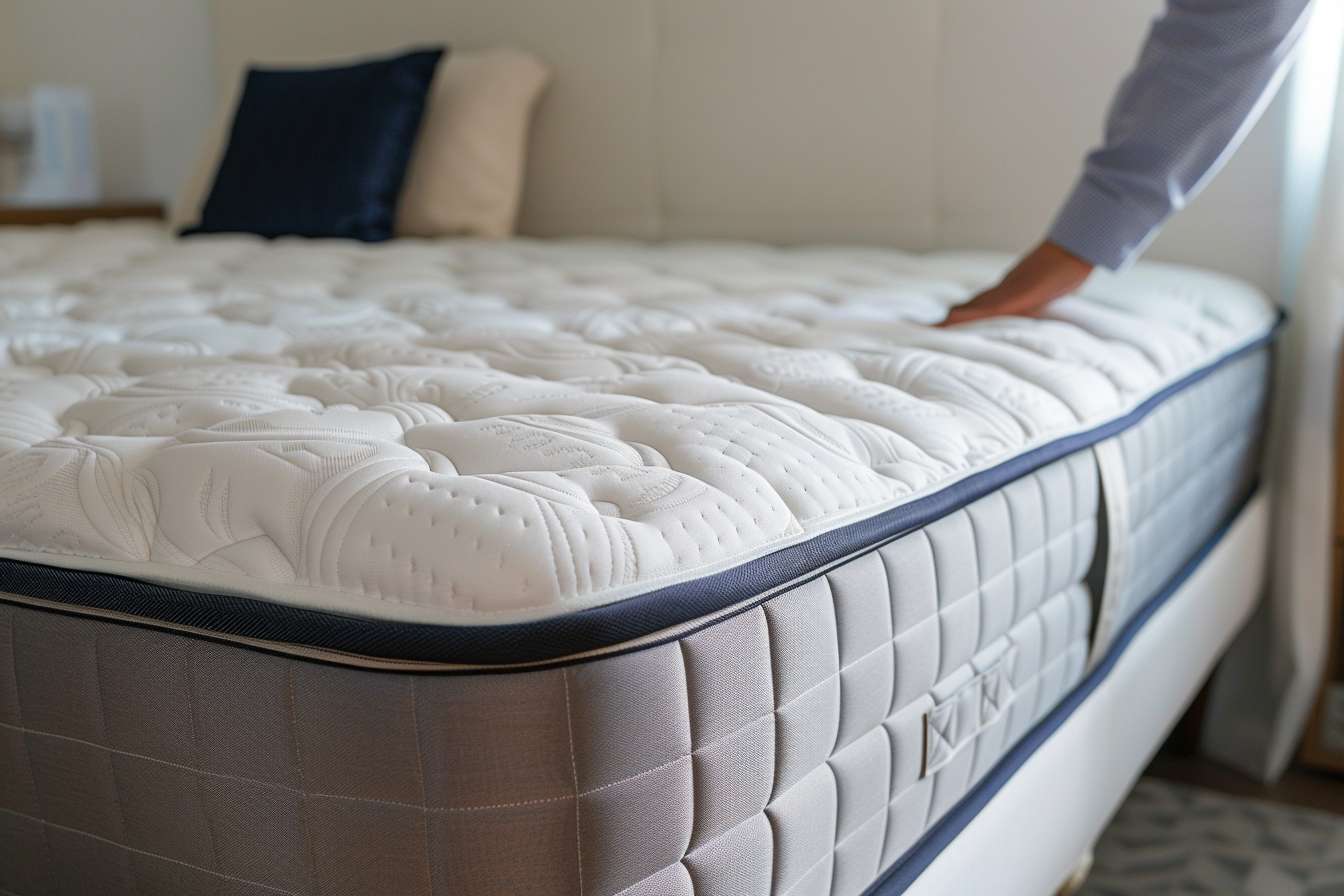Women’s Thong Trends Revealed
Women’s thong underwear has shifted from a strictly functional garment to a key style element in many wardrobes. Modern designs balance comfort, aesthetics, and practicality, with new fabrics and cuts catering to different body shapes and style preferences. Understanding the latest trends helps you choose pieces that feel good, look refined under clothing, and express your personal taste.

Women’s Thong Trends Revealed
Thong underwear has evolved noticeably in recent years, moving beyond a simple solution for avoiding visible panty lines. Designers now focus on fit, fabric innovation, and thoughtful styling that supports everyday wear as well as special outfits. For many women in the UK, thongs are now part of coordinated lingerie sets, lounge looks, and even sportswear, rather than a single niche option hidden at the back of the drawer.
Changes in lifestyle, from hybrid work patterns to more casual dress codes, have influenced lingerie choices. People want underwear that transitions smoothly from a day in the office to an evening out, while still feeling soft, breathable, and secure. Thongs are being reimagined to meet these expectations, with subtle shaping, smarter waistbands, and a wide range of rises and silhouettes to suit different clothing and body types.
Trends and tips for thong sets
Coordinated thong sets are gaining popularity as a simple way to feel put together without relying on elaborate designs. Matching colours, trims, and textures between bra and thong create a cohesive base layer that can streamline getting dressed. Many brands now offer mix and match options, allowing you to pair a preferred thong cut with different bra styles, from lightly lined to wireless.
Colour trends lean towards soft neutrals, muted pastels, and earthy tones that work well under everyday outfits. At the same time, deep jewel shades and bolder hues appear in seasonal collections, giving options for occasions where you want a more statement feel. Lace trimming, mesh panels, and subtle cut outs remain common, but are usually placed to avoid irritation in areas that experience the most friction.
When choosing thong sets, comfort and hygiene should guide your decisions as much as appearance. Look for a breathable cotton or cotton lined gusset and check that seams and elastic do not dig into the skin. If you are between sizes, many people find it more comfortable to size up in the thong than in the bra, especially for styles with narrow sides or a snug waistband.
Building a small rotation of sets can also improve longevity. Rotating between several thongs reduces wear on the elastic and fabric, helping them hold their shape. Washing in cool water, using a mild detergent, and air drying will minimise fibre damage and fading, so colours and textures stay fresh for longer.
Innovative fabrics and technologies
Fabric innovation is one of the most significant developments in modern thong design. Microfibre blends are widely used for their smooth feel and ability to create a barely there look under fitted clothing. These fabrics often combine nylon or polyester with elastane, resulting in a flexible, lightweight finish that follows the body without bunching. Many pieces now feature raw cut edges or bonded seams, reducing the chance of visible lines.
Moisture wicking materials, originally developed for sportswear, are increasingly common in everyday thongs. These technical fabrics are designed to move moisture away from the skin and dry quickly, which can help you feel more comfortable during long days, commuting, or light exercise. For those with sensitive skin, there is also growing availability of organic cotton blends and certified fabrics that limit the use of certain dyes or finishes.
Another notable trend is the use of seamless knitting and laser cutting techniques. Seamless construction can create thongs that feel almost like a second skin, with fewer stitched joins that might cause pressure points. Laser cutting allows extremely precise shaping of the leg openings and waistband, leading to flatter edges that sit closer to the body. These methods work particularly well under bodycon dresses, tailored trousers, or lightweight summer fabrics.
Sustainability is slowly influencing material choices as well. Some collections now incorporate recycled fibres in lace or microfibre panels, while others focus on durable construction to extend wear time. Although sustainable options remain a smaller segment of the market, interest is growing among consumers who want to balance aesthetics with environmental considerations.
Design trends and aesthetic appeals
Thong silhouettes themselves are also shifting, with more variety in rise and coverage. Mid rise and high rise styles are becoming more visible, often designed to sit comfortably at or just below the natural waist. These shapes can complement high waisted jeans, skirts, and trousers, creating a smooth line from waistband to hip. Traditional low rise thongs are still present, but many collections now include a broader size and rise range to suit different wardrobe needs.
From an aesthetic standpoint, the focus is on details that feel refined rather than overly decorative. Fine lace, delicate picot edging, and minimal hardware help thongs sit smoothly under clothing while still feeling visually interesting when worn as part of a set. Mesh panels are frequently used to balance coverage and lightness, especially at the sides and back, creating a modern, airy look without compromising support.
There is also a growing appreciation for inclusive design. Extended size ranges, more diverse fit models, and thoughtful grading help thongs fit a wider range of bodies more comfortably. Wider side bands and slightly deeper front panels can provide a more secure, flattering fit for those who do not enjoy very narrow, skimpy cuts. By offering options that feel both contemporary and wearable, brands recognise that aesthetics and comfort need to work together, not compete.
Finally, personal style plays a central role in choosing thong designs. Some people prefer understated pieces that blend almost invisibly into outfits, while others favour bolder colours or textural contrasts that feel more expressive. Current trends support both approaches, giving space for practical everyday favourites as well as more distinctive pieces reserved for special occasions or particular outfits. Understanding the range of styles, fabrics, and fits available makes it easier to select thongs that align with your clothing choices and comfort preferences over time.




